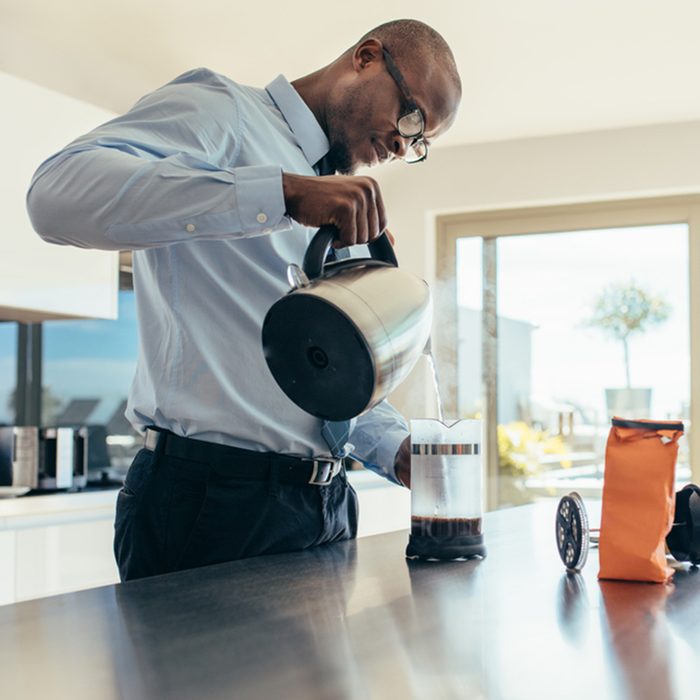
Don’t have only coffee for breakfast
You’re running late for work and you manage to guzzle down a cup before heading into your first meeting. Fast forward to mid-day and your stomach is growling and you realize that—whoops!—you completely forgot to eat breakfast. Though drinking coffee is healthy, Adina Pearson, RD, says that because coffee can suppress your appetite and is a stimulant, some people use it as a meal replacement. “Coffee’s stimulant properties may mask the fact you’re undereating, but it’s only temporary. Good self-care means eating enough—not just getting a caffeine buzz.” Try these healthy on-the-go breakfasts that are too good to skip.
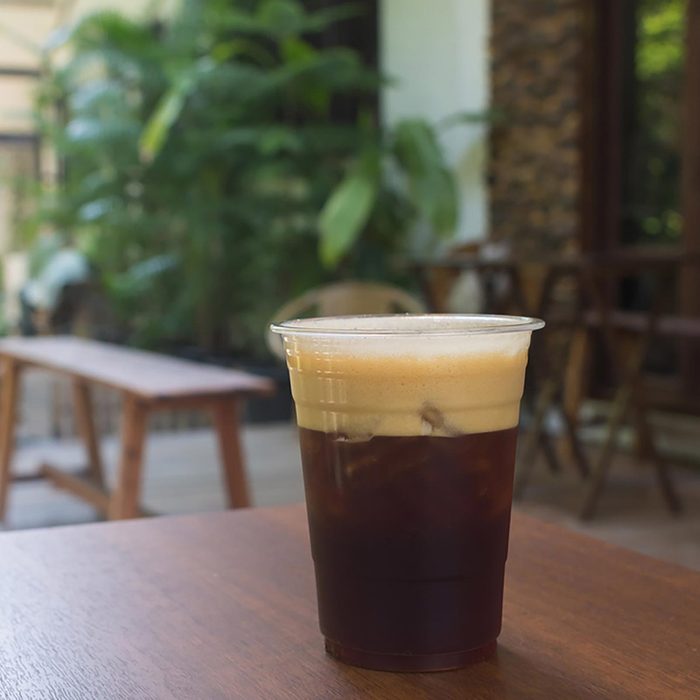
Try sparkling coffee for hydration
Looking for a replacement for your diet soda? Try sparkling coffee. The latest interpretation of coffee involves blending cold brew with natural ingredients like Meyer lemon juice and organic cane sugar. The health benefits of flavors like ginger hibiscus? They’re marketed as healthier energy drinks, with formulations that contain electrolytes, antioxidants and less caffeine than straight-up coffee. These are some unexpected items you should be adding to your coffee.
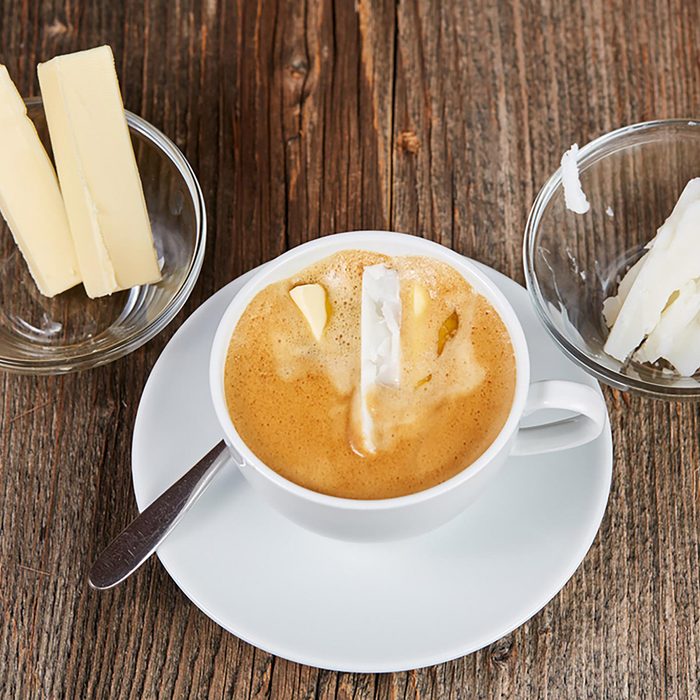
Give bulletproof a shot
Bulletproof coffee is considered a “healthier” version of coffee because it has butter and coconut oil, which contains medium-chain fats that have been shown in studies to have a beneficial effect on blood lipids—lowering triglycerides and raising HDLs. As president and chief culinary officer at Culinary Health Solutions, Ken Immer, CCHE explains, “The fats from the butter and coconut milk are a great combination to ‘prime the energy pump’ in the morning. You’ll give your coffee some ‘bite’ that keeps you going until lunchtime, plus you’ll get all of the additional nutrients, especially when we choose grass-fed butter.” Here is how to make bulletproof coffee right at home.
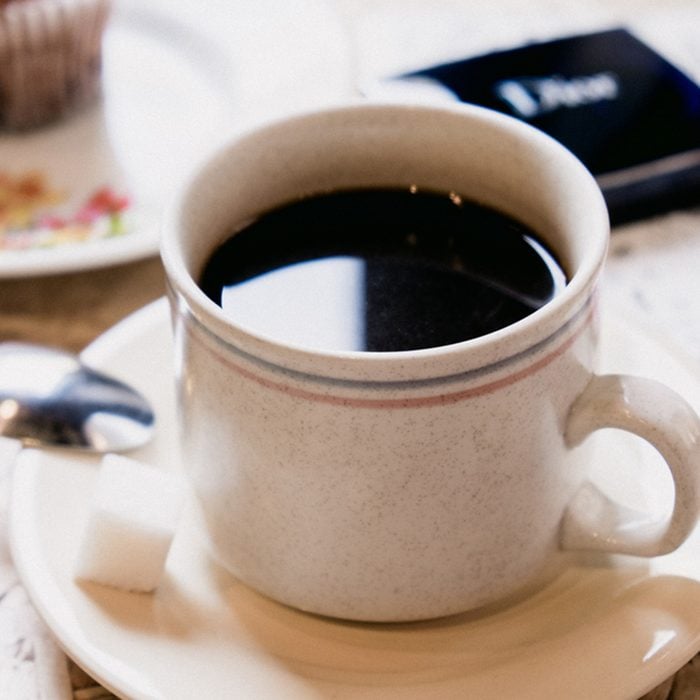
Figure out if you really like coffee
Do you remember the first time you had a cup of coffee? It might have been love at first sip, or you could have stomached your way through it. Either way, Pearson says to make sure you actually like coffee or if you’re using it as a band-aid for poor sleep habits. “Coffee is a pick-me-up, but working toward a normal sleep pattern will make life much better than caffeine. If you’re using coffee to survive on inadequate sleep, your body and mind are still tired and you’ll still not be at your best physically and mentally,” she explains. “Chronic inadequate sleep raises stress hormones and contributes to a lot of health problems.” It’s why some are even advocating to quit drinking coffee altogether, with trends like no Joe January.
If you are getting plenty of sleep but find yourself lagging nonetheless, double check that you’re drinking your coffee at the right time.
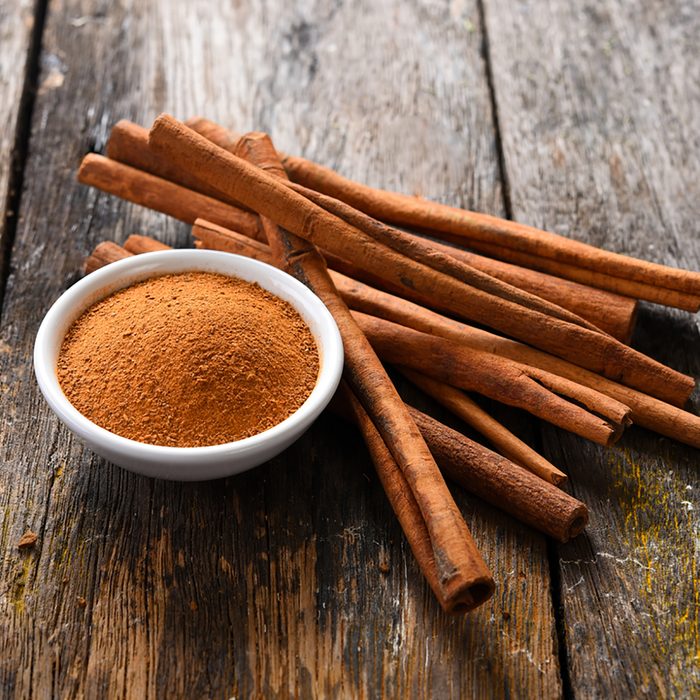
Top it off with cinnamon
If Starbucks is your favorite coffee house, then you’ve likely seen the cinnamon on the milk counter when you go to top off your brew. Next time, take advantage and give your health a boost. Swinney says that cinnamon can make your beverage even better for you, thanks to its antioxidant properties and other benefits. “Cinnamon has been shown to lower blood sugar in many clinical studies. Adding spices add antioxidants and sweetness without calories, helping to cut back on the sugar you might add to coffee. Cloves have anti-inflammatory and antibacterial properties,” she explains.
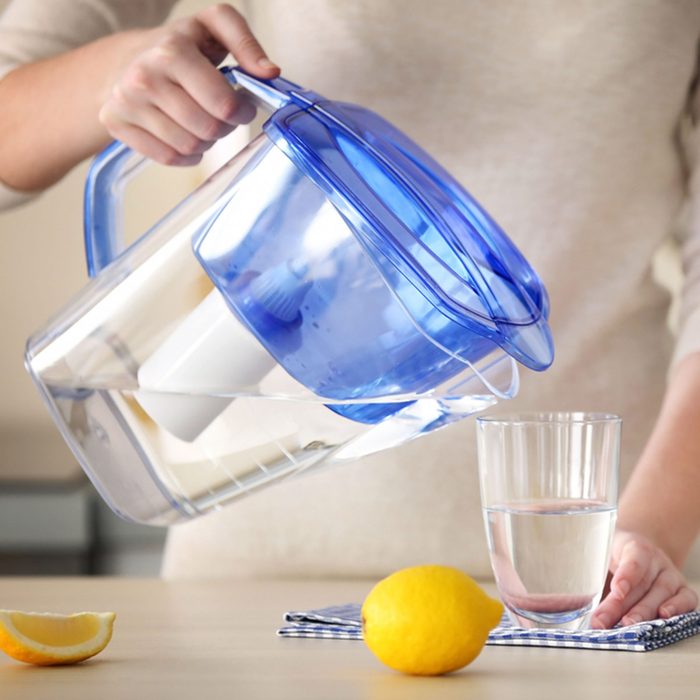
Use filtered water only
You might think that since we boil water to brew coffee, you don’t have to worry about whether it’s filtered. But Swinney says filtered water is a smart choice, not just for taste, but for health, too. “Filtered water ensures there are not any unwanted heavy metals like lead or copper, that might be found in old pipes. Tap water also contains many chlorine disinfection byproducts which can be harmful long term,” she says. “You should also avoid using well water unless it’s been tested for contaminants.”
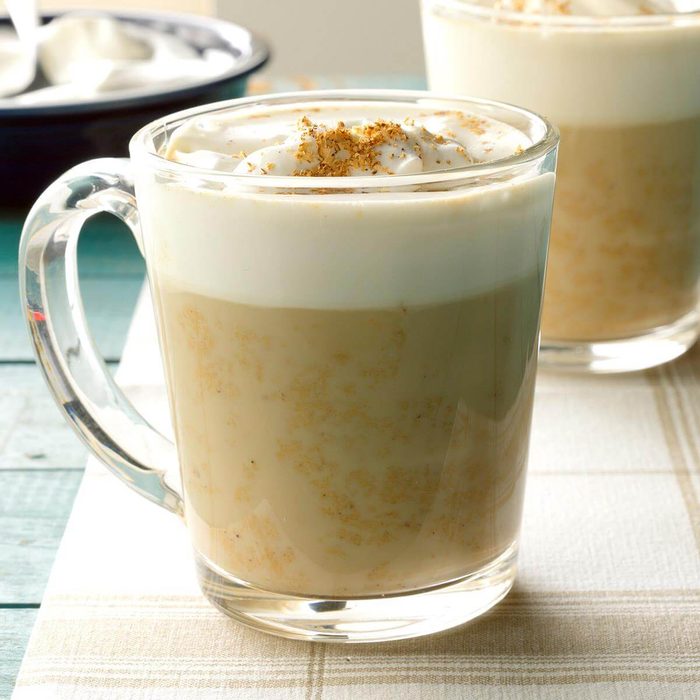
Make lattes at home, not at Starbucks
When you’ve ordered a latte at Starbucks, you’ve probably watched as the barista wipes down the steamer before whipping up a new cup. This is meant to fight bacteria, but you may be getting something extra in your drink that you probably don’t want. “What you don’t realize is that the sanitizing solution ends up in your frothed milk! It’s not a ton, but there is a small amount on that wand for every frothed carafe. So, avoiding lattes is a good choice if that concerns you,” Immer says. Or just prepare yours at home to make sure you’re not getting more than you bargained for.
If you can’t ditch your Starbucks habit, try one of their healthier drinks.
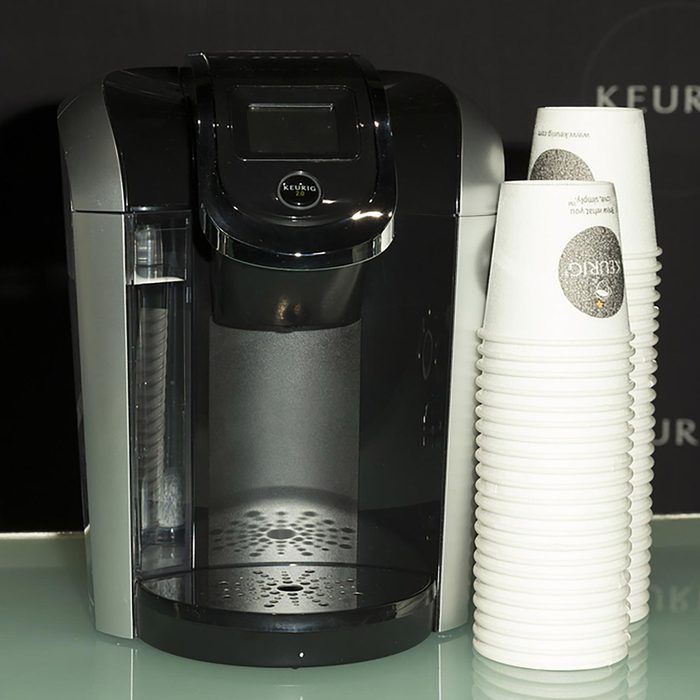
Throw out your Keurig
In addition to being pretty terrible for the environment, Immer says Keurig Coffee Makers also pose some potential health dangers. Not only do you expose yourself to plastic that’s been heated, but Keurigs tend to get dirty, fast. “The water tanks in a Keurig can never truly be flushed and cleaned. We are concerned about mold and bacteria growth in these tanks over time, much like commercial ice machines,” Immer says. If you’re in the market for a new coffee maker, check out our Test Kitchen’s top pick.
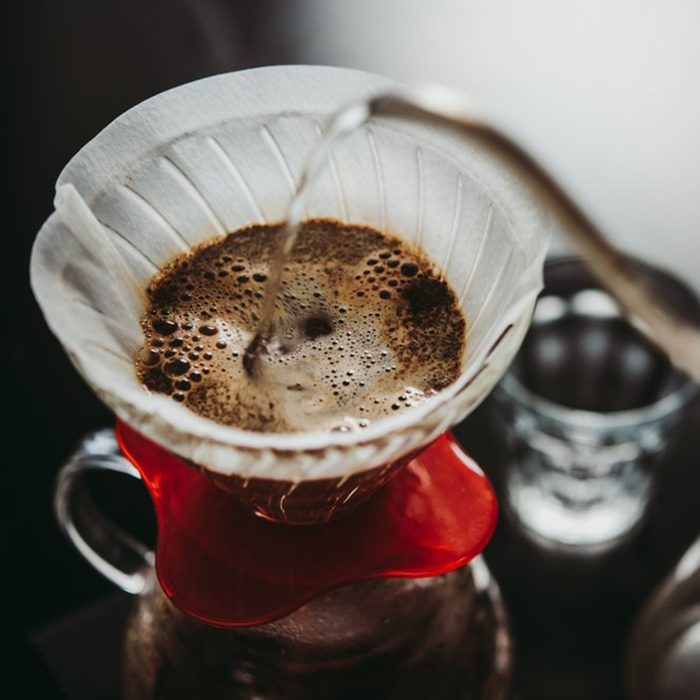
Always use paper filters
According to Jill Weisenberger, MS, RDN, CDE, one of the easiest ways to make sure your coffee is brewed in a healthy way is to consider how you’re filtering it. Those reusable filters might be tempting, but using recyclable paper filters has an added bonus for your nutrition. “Filtering coffee with paper removes two compounds, cafestol and kahweol, that raise both total and LDL cholesterol levels,” she explains. These are the best coffee shop in each state.
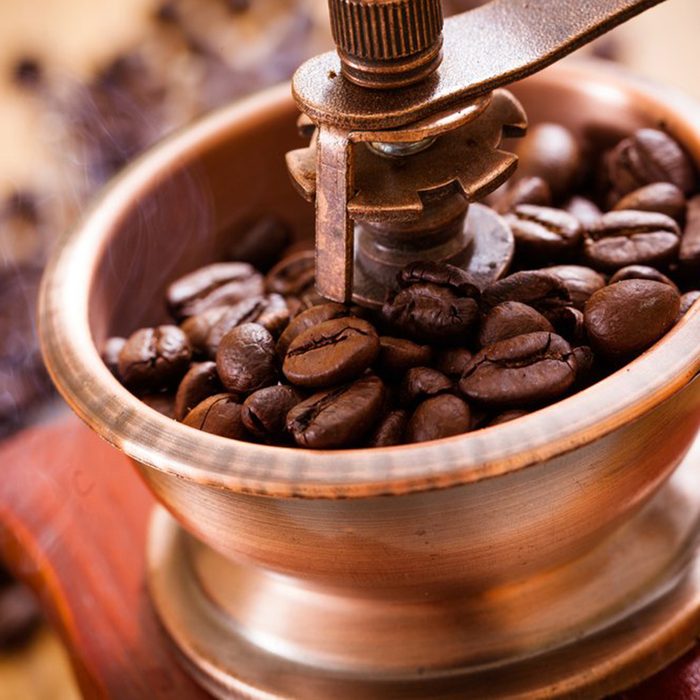
Consider your conscience
When it comes to coffee, think beyond the cup. “Drink clean and with a conscience. Choose fair trade or coffee with other certifications that help third-world farmers improve their living conditions. Give some thought to the packaging involved in single-serve coffee—it requires much more packaging and contains a larger carbon footprint for getting to the store.”
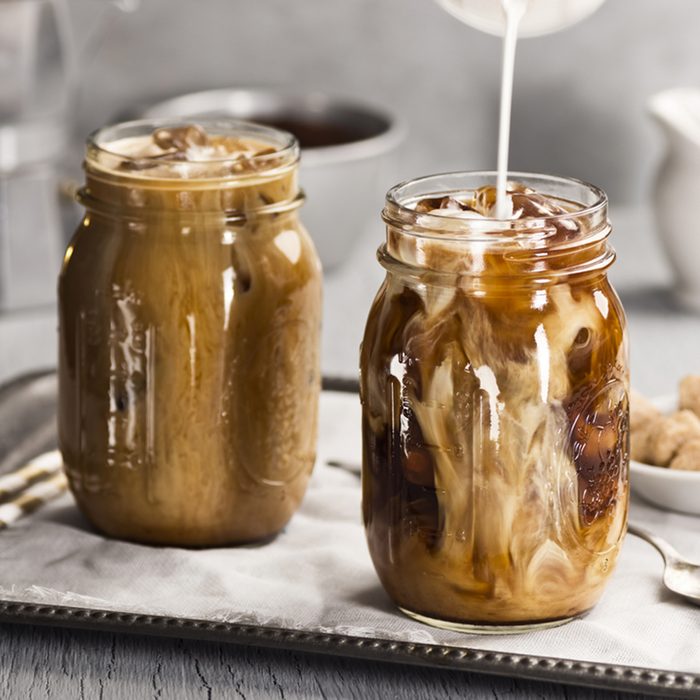
Skip syrups and go organic
You might think that nonfat, sugar-free vanilla syrup is a healthy choice, but low-calorie doesn’t always translate to health benefits. Swinney suggests weaning yourself off sweeteners completely if you can, but if you can’t, be super picky about the additives you’re putting into your brew. “Pick organic cream for your coffee or make your own packaging-free alternative milk from oats or nuts. Creamers often have artificial flavors, sweeteners and other additives, so you’re better off using organic milk or cream plus organic brown sugar,” she says. Next, don’t miss how to make Turkish coffee at home.